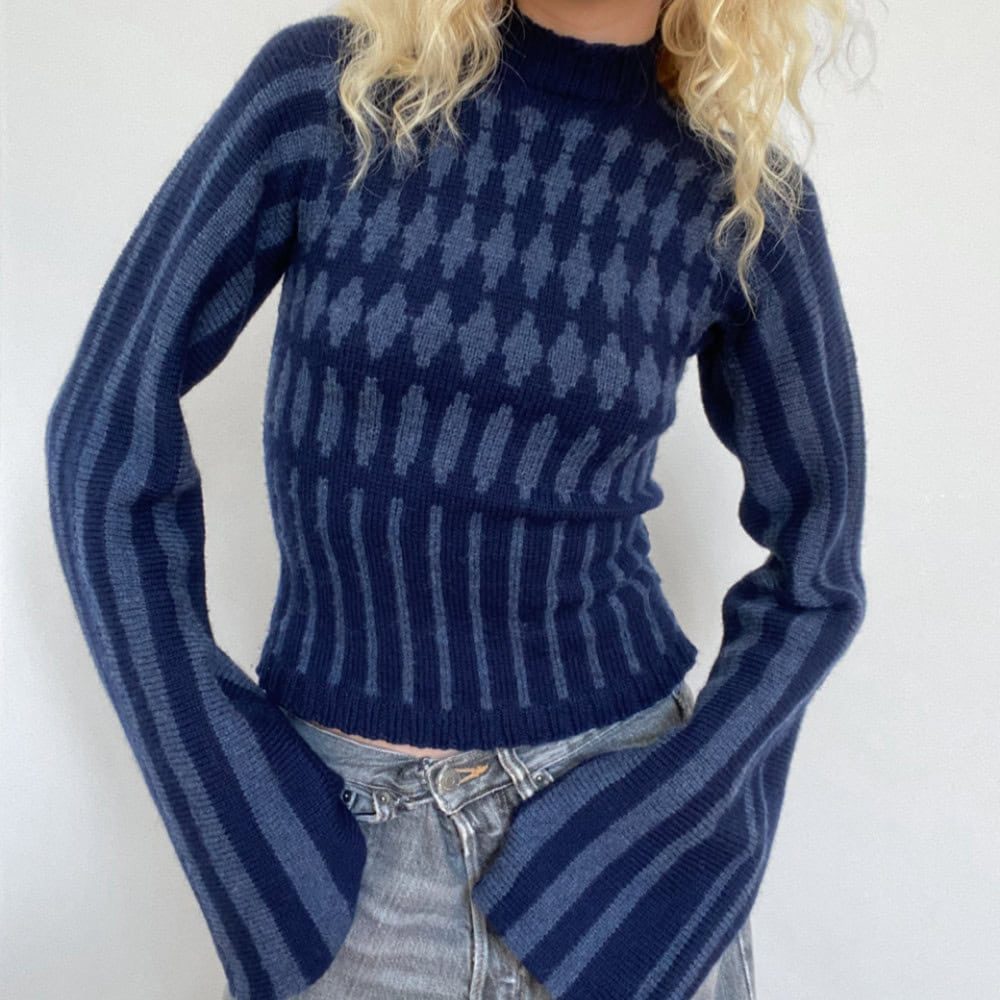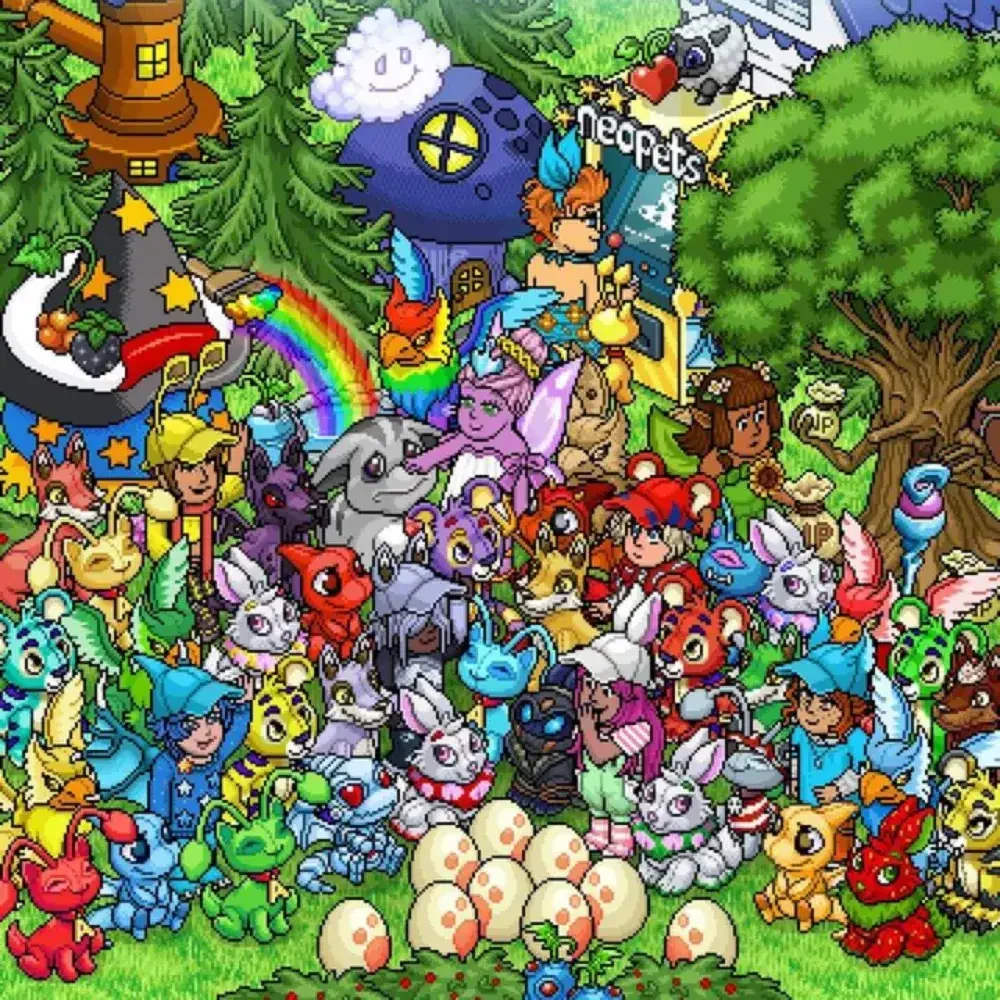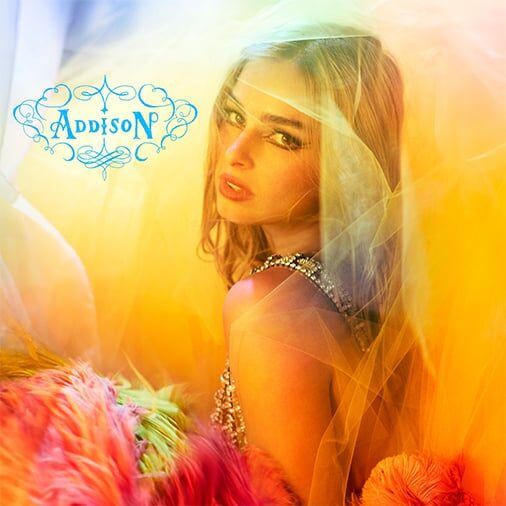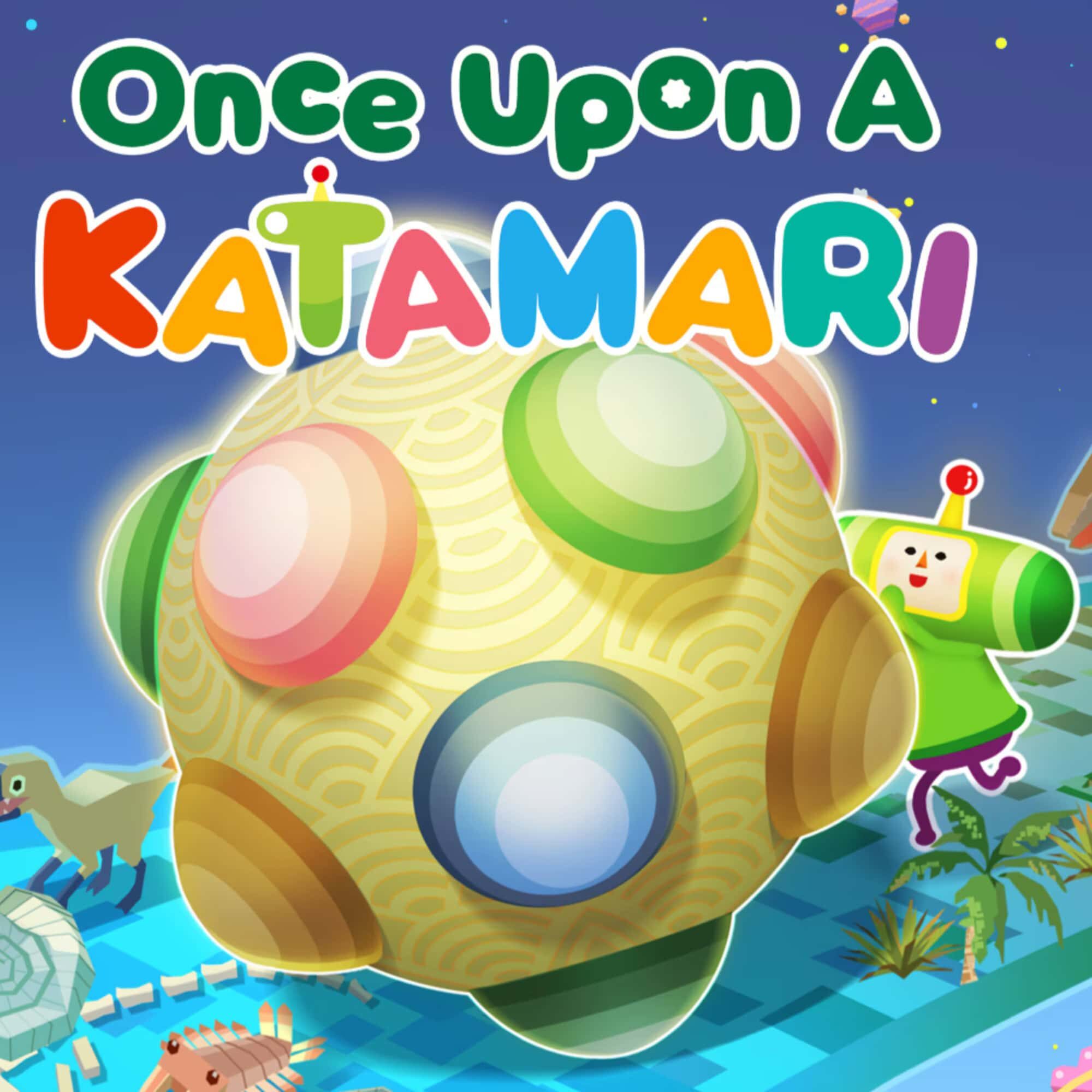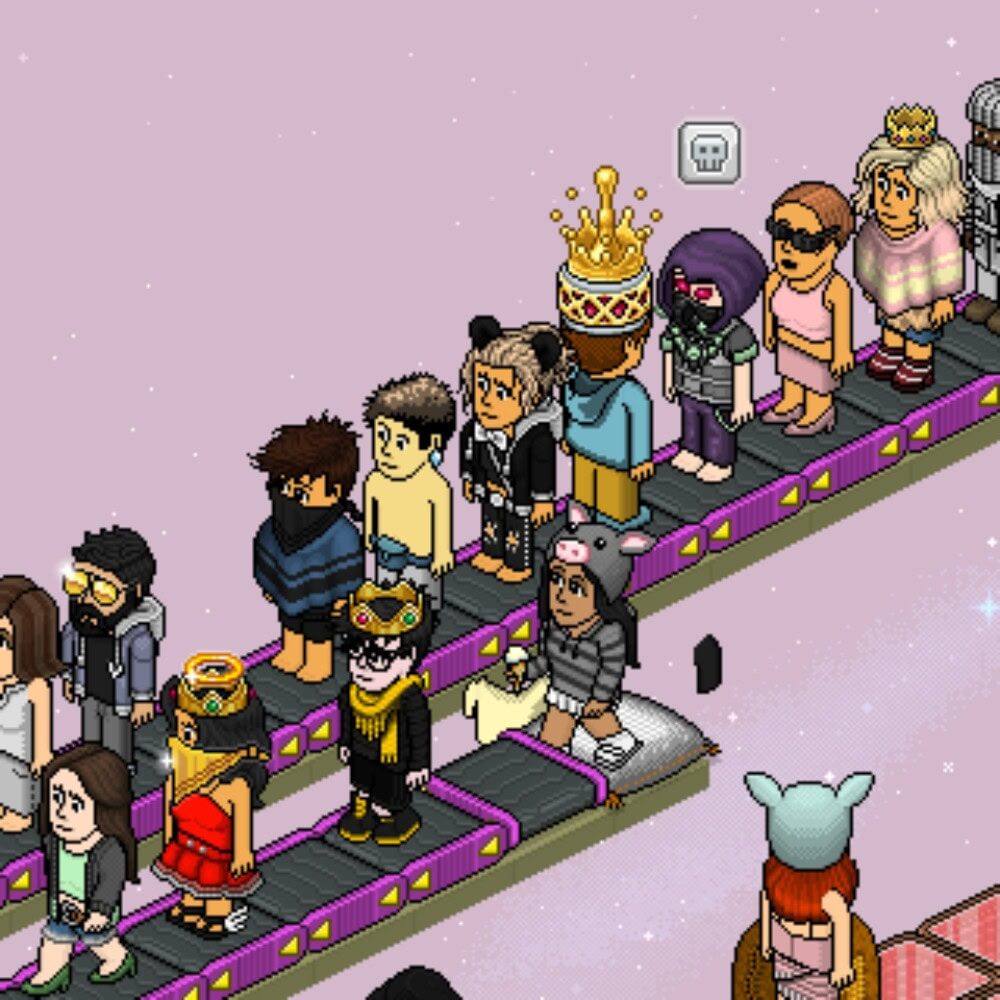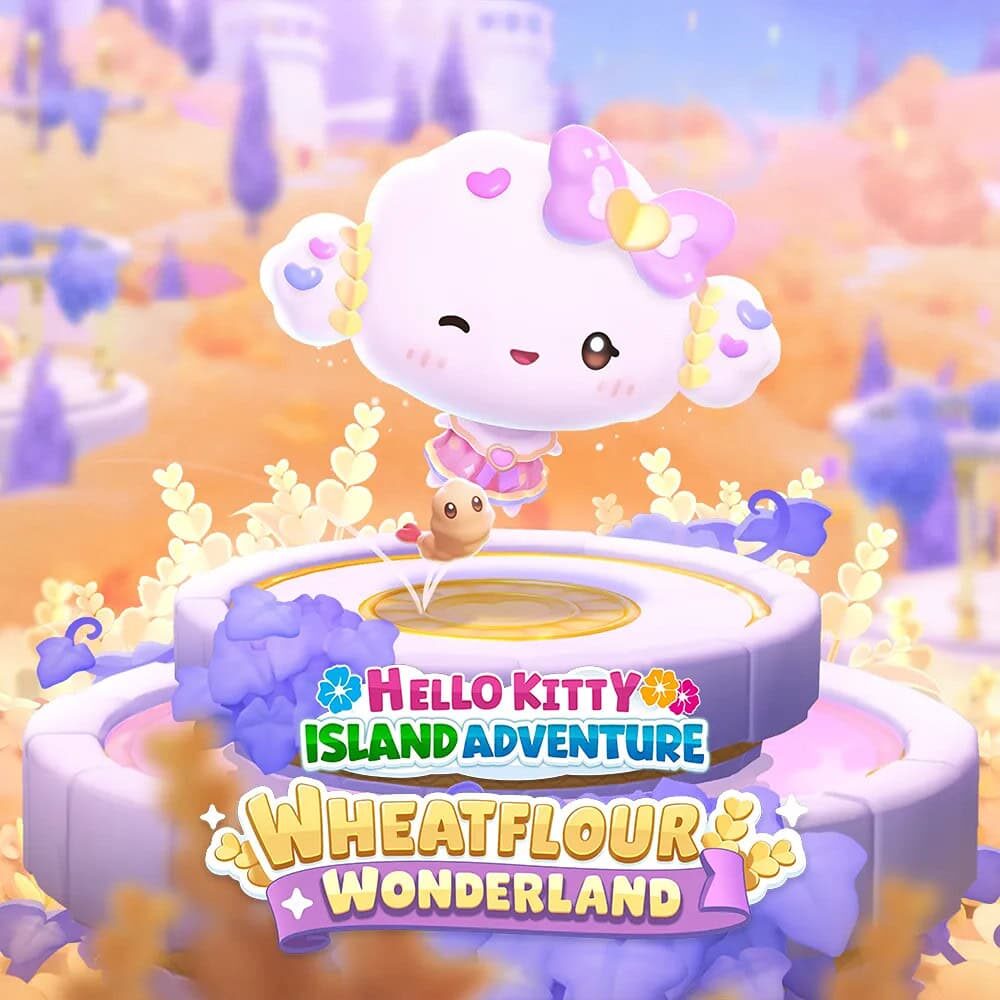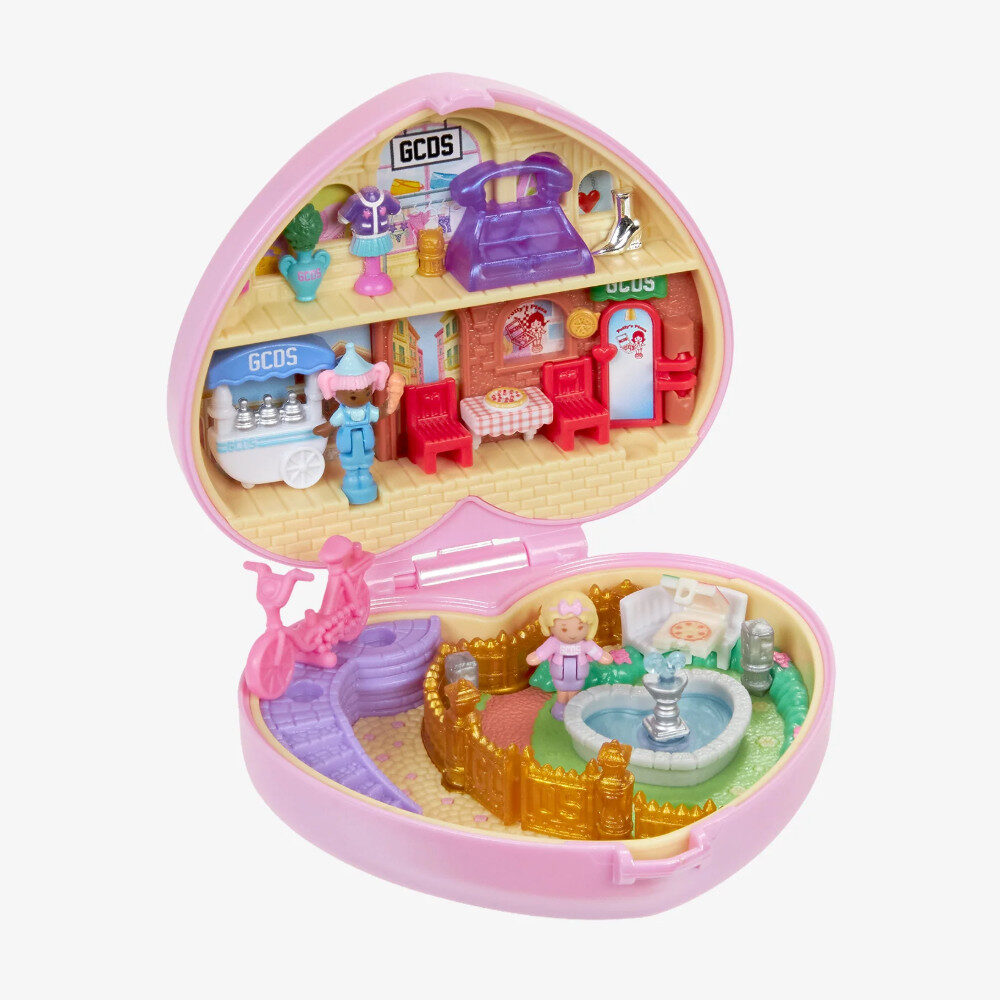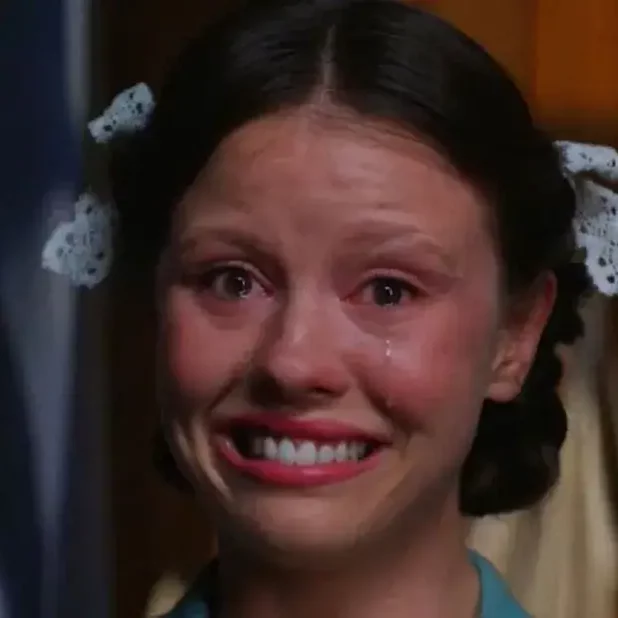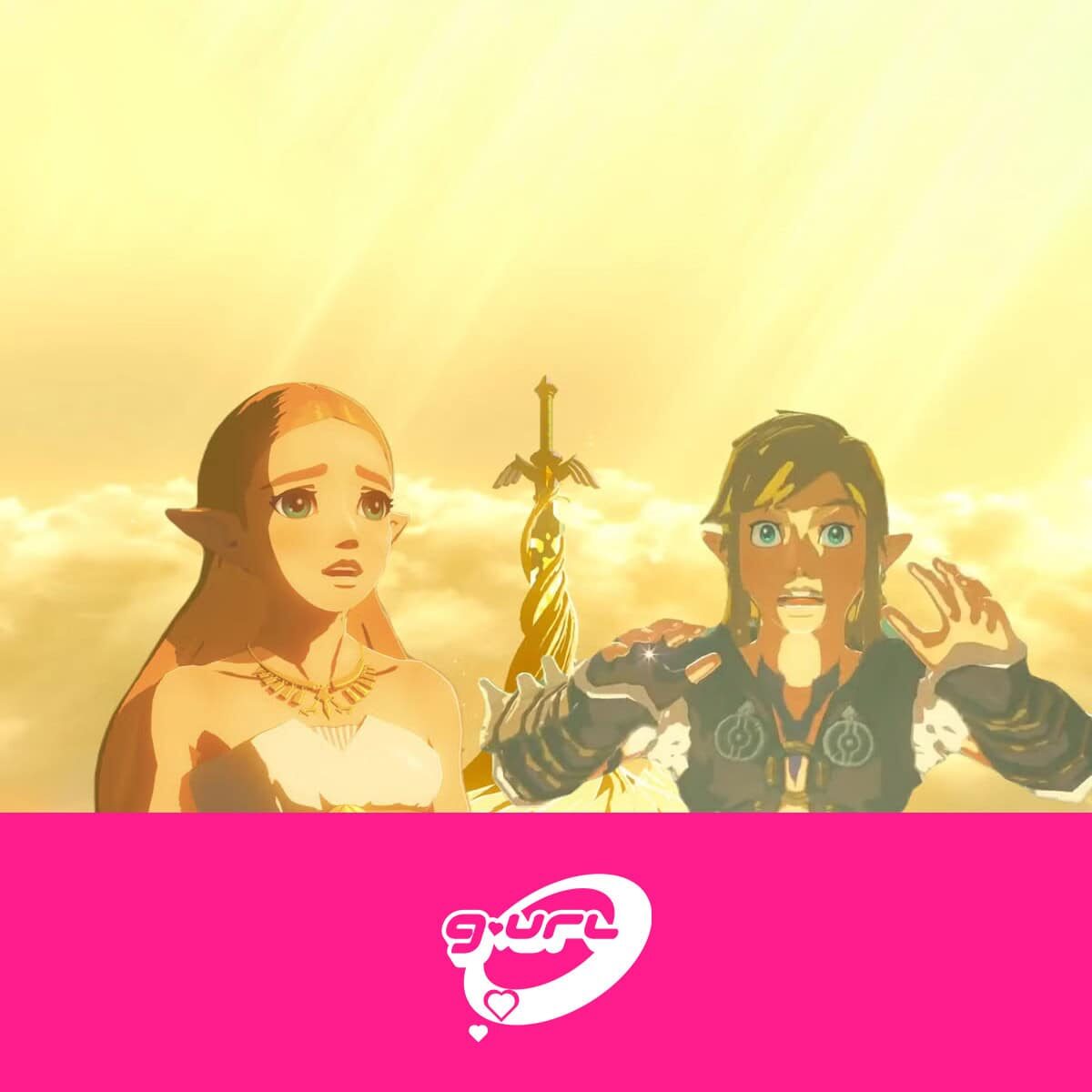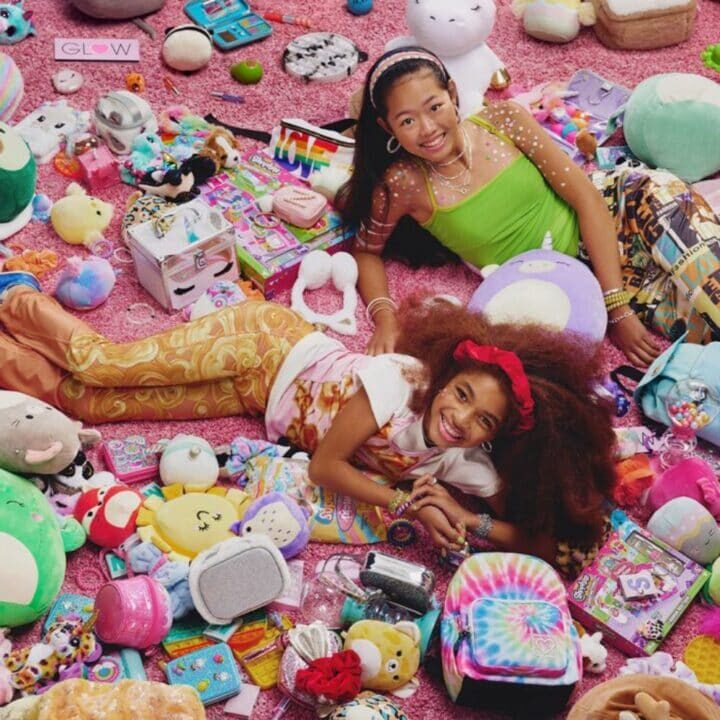
Claire’s is Closing Because All the Nine-Year-Olds are in Sephora
Back in 2010, Claire’s was the ultimate pre-teen escape: glittery phones, first makeup kits, and tiny piercings. Today, the magic is lost. Childhood is fast-forwarded online, and nine-year-olds are skipping straight to Sephora. Claire’s can’t compete with algorithms — the pre-teen moment it championed is disappearing.
TEXT
The year is 2010, and across the UK little girls on school playgrounds are swapping horror stories of painful piercing guns, obsessing over Yahoo And Friends plushies and swiping on neon eyeshadows from plastic, pink, glittery phones. Claire’s is the haven of the pre-teen girl. At this point, it had 465 thriving stores across the UK – so why, as of the last fortnight, has it fallen into administration and at risk of closure?
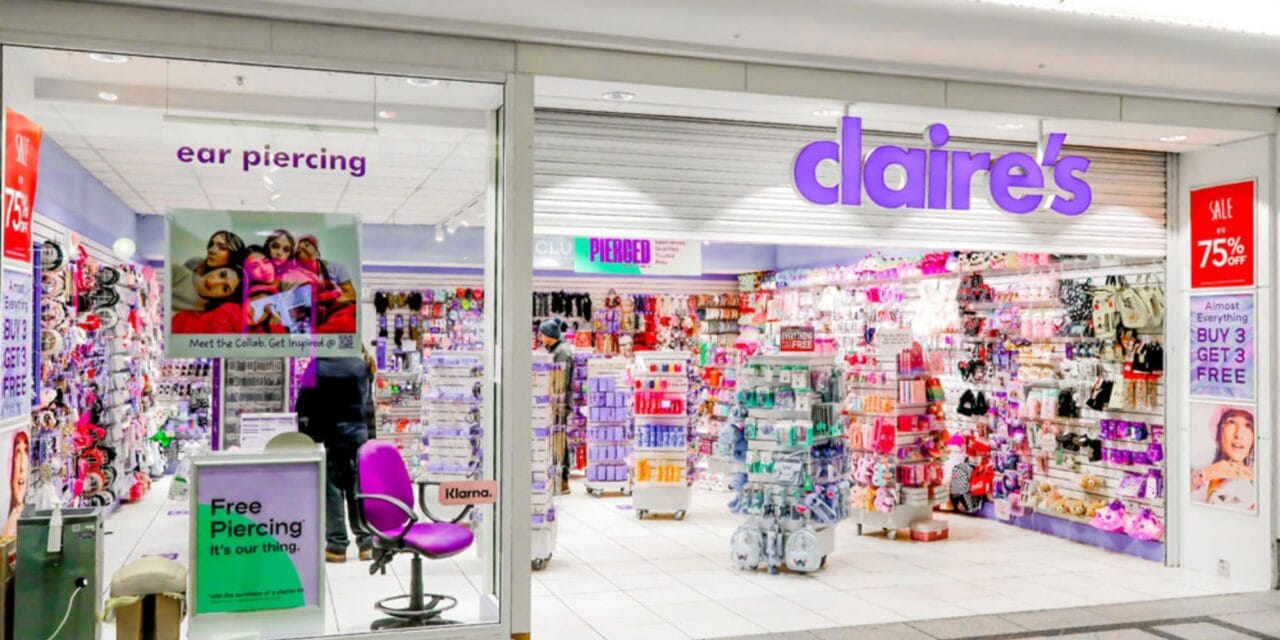
Claire’s always catered for the pre-teen girl. The girl that’s not quite grown up enough for the teenage market, but disinterested in younger toys. Due to our social conditioning, we women tend to want to perform womanhood at a very young age. We’re nine in an ice cream-stained tankini, delusional, believing we’re seducing the lifeguard twenty years our senior. Or we’re ten and sneak into our mothers’ bedrooms, steal their makeup bags and plaster blusher all over our faces. We spend our childhoods wanting to feel grown up – this is not a new phenomenon.
___STEADY_PAYWALL___
Claire’s taps into this concept; it bridges the awkward gap from child to teen by presenting young girls with the grown-up world of piercing, makeup and jewellery, in a more age-appropriate and innocent way. The shop is marketed specifically to pre-teens, stocking more mature items like makeup, but at an entry-level, introductory stage – branding them ‘tween makeup kits for beginners.’ Claire’s also stocks more traditionally childlike items, like plushies and stationery.
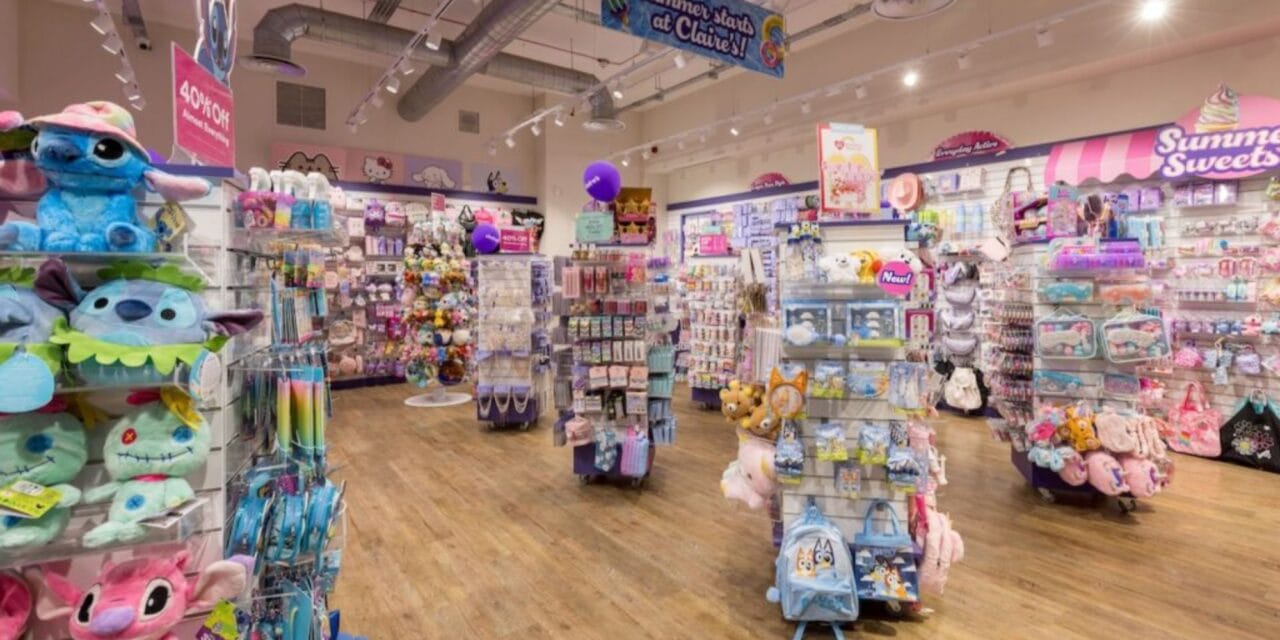
It is unique to other retailers in this respect, it doesn’t try to also be for teens and adult women, it hones in on this specific, tiny age bracket, and ensures that they don’t get thrust into beauty’s deep end of retinoids and acids too early. Pepsi flavoured lip balms must come first!
Only, they don’t come first anymore, do they? The introduction to the beauty industry is not so gradual anymore. Perhaps because there is no room for young girls to be pre-teens now due to the modern, insidious social media landscape. Don’t get me wrong, social media being influential in young girls’ lives is not a new thing. In the early 2010s, me and my friends loved YouTube, particularly Zoella with her milkmaid braids and plum lips.
We’d love her ‘Primark hauls’ and constantly rewatched her ‘What’s in my bags.’ Zoella, like many youtubers of the iconic ‘Brit Crew’ era, were liked because they felt like normal people making videos for a hobby.
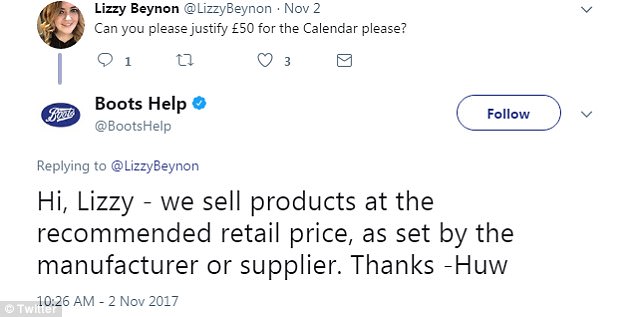
Influencing for profit was not as saturated then as it is now. Similarly, adverts were not as frequent as they are now. That’s not to say that these youtubers didn’t make big money – Zoella even released a collection with Boots in 2014. But crucially, it did feel age appropriate for her audience – consisting mainly of Guinea Pig makeup bags and bath fizzers. A morally questionable £50 advent calendar did come out later, in 2017, which faced backlash – accused of unfairly profiting off of children, with its high price point/bad value items, Boots later slashed the price to £25.
In some ways, this calendar could be viewed as an early sign of the turn from content creators, brands and retailers seeing young viewers as children and instead as a profitable consumer base to exploit. Since then, the marketing of beauty products to children has only grown insidiously and exponentially. To put it simply – in the early 2010s we had the pre-influencer age, longform content and a minimal amount of advertising. Post 2020, we have the age of the influencer and mass advertising, the digital world pre-teen girls navigate is a far cry from the one pre-teen girls had in Claire’s glory days.

Social psychologist Jonathon Hadit explained that modern social media algorithms and advertising departments of big beauty brands work together to specifically target pre-teen girls. He explains that “[social media apps] can track exactly what’s happening, and when a girl deletes multiple selfies, at that moment they hit her with an advertisement for beauty products.”
Already feeling insecure, these children look to perfect, soft-glam-filtered adult beauty influencers, desperate to be like them. Eager to be sold the product to look like them. Then comes a tirade of affiliate links (that they may not even comprehend are being sold by them to make commission) , and the next thing you know they’re posting a ten step skincare routine. In fact, Gen Alpha got a lot of attention on Tiktok for these videos last year, and ended up being nicknamed the ‘Sephora Nine Year Olds’.

It caused a lot of discourse online, people mocked the children and tended to victim blame them, rather than criticising the algorithms, influencers and problematic digital culture that promoted the products to them in the first place! One Tiktoker even made a stitch to a child’s anti-ageing skincare routine, claiming she should be in Claire’s instead. Whilst I agree, this is just the problem – Claire’s cannot exist when the digital world eradicates the pre-teen stage, by snatching young girls straight from their childhoods, and shoving them into the dizzying world of the adult commercial beauty industry prematurely. Claire’s cannot exist because all of the nine year olds are in Sephora shopping for their collagen face masks.
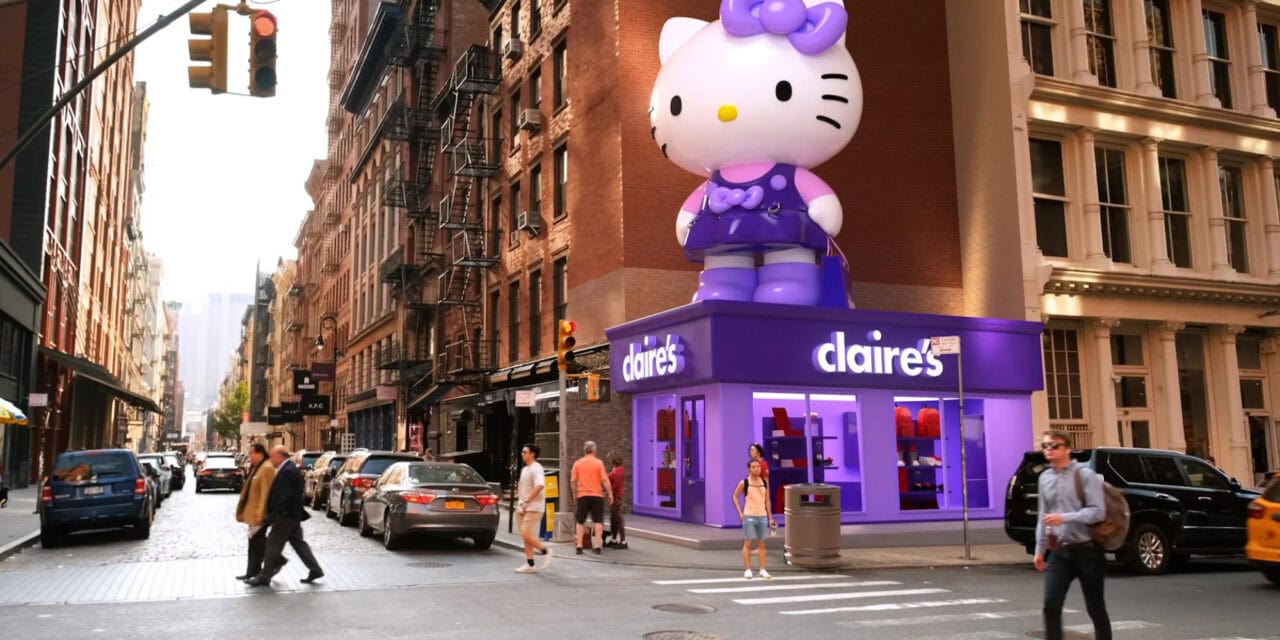
So, what can we do?
Unfortunately, a lot of damage has already been done. The digital exploitation of young girls for profit is only becoming more popular and more profitable, and children’s childhoods are therefore becoming shorter and shorter. However, it is important that we call out the targeted exploitation of children for profit by companies, influencers, and whoever else, to encourage child safety online.
And hey, if you’re sad about Claire’s like me – maybe even go and get a piercing or a plushie in one of their closing sales this weekend, for old times sake!
The year is 2010, and across the UK little girls on school playgrounds are swapping horror stories of painful piercing guns, obsessing over Yahoo And Friends plushies and swiping on neon eyeshadows from plastic, pink, glittery phones. Claire’s is the haven of the pre-teen girl. At this point, it had 465 thriving stores across the UK – so why, as of the last fortnight, has it fallen into administration and at risk of closure?

Claire’s always catered for the pre-teen girl. The girl that’s not quite grown up enough for the teenage market, but disinterested in younger toys. Due to our social conditioning, we women tend to want to perform womanhood at a very young age. We’re nine in an ice cream-stained tankini, delusional, believing we’re seducing the lifeguard twenty years our senior. Or we’re ten and sneak into our mothers’ bedrooms, steal their makeup bags and plaster blusher all over our faces. We spend our childhoods wanting to feel grown up – this is not a new phenomenon.
___STEADY_PAYWALL___
Claire’s taps into this concept; it bridges the awkward gap from child to teen by presenting young girls with the grown-up world of piercing, makeup and jewellery, in a more age-appropriate and innocent way. The shop is marketed specifically to pre-teens, stocking more mature items like makeup, but at an entry-level, introductory stage – branding them ‘tween makeup kits for beginners.’ Claire’s also stocks more traditionally childlike items, like plushies and stationery.

It is unique to other retailers in this respect, it doesn’t try to also be for teens and adult women, it hones in on this specific, tiny age bracket, and ensures that they don’t get thrust into beauty’s deep end of retinoids and acids too early. Pepsi flavoured lip balms must come first!
Only, they don’t come first anymore, do they? The introduction to the beauty industry is not so gradual anymore. Perhaps because there is no room for young girls to be pre-teens now due to the modern, insidious social media landscape. Don’t get me wrong, social media being influential in young girls’ lives is not a new thing. In the early 2010s, me and my friends loved YouTube, particularly Zoella with her milkmaid braids and plum lips.
We’d love her ‘Primark hauls’ and constantly rewatched her ‘What’s in my bags.’ Zoella, like many youtubers of the iconic ‘Brit Crew’ era, were liked because they felt like normal people making videos for a hobby.

Influencing for profit was not as saturated then as it is now. Similarly, adverts were not as frequent as they are now. That’s not to say that these youtubers didn’t make big money – Zoella even released a collection with Boots in 2014. But crucially, it did feel age appropriate for her audience – consisting mainly of Guinea Pig makeup bags and bath fizzers. A morally questionable £50 advent calendar did come out later, in 2017, which faced backlash – accused of unfairly profiting off of children, with its high price point/bad value items, Boots later slashed the price to £25.
In some ways, this calendar could be viewed as an early sign of the turn from content creators, brands and retailers seeing young viewers as children and instead as a profitable consumer base to exploit. Since then, the marketing of beauty products to children has only grown insidiously and exponentially. To put it simply – in the early 2010s we had the pre-influencer age, longform content and a minimal amount of advertising. Post 2020, we have the age of the influencer and mass advertising, the digital world pre-teen girls navigate is a far cry from the one pre-teen girls had in Claire’s glory days.

Social psychologist Jonathon Hadit explained that modern social media algorithms and advertising departments of big beauty brands work together to specifically target pre-teen girls. He explains that “[social media apps] can track exactly what’s happening, and when a girl deletes multiple selfies, at that moment they hit her with an advertisement for beauty products.”
Already feeling insecure, these children look to perfect, soft-glam-filtered adult beauty influencers, desperate to be like them. Eager to be sold the product to look like them. Then comes a tirade of affiliate links (that they may not even comprehend are being sold by them to make commission) , and the next thing you know they’re posting a ten step skincare routine. In fact, Gen Alpha got a lot of attention on Tiktok for these videos last year, and ended up being nicknamed the ‘Sephora Nine Year Olds’.

It caused a lot of discourse online, people mocked the children and tended to victim blame them, rather than criticising the algorithms, influencers and problematic digital culture that promoted the products to them in the first place! One Tiktoker even made a stitch to a child’s anti-ageing skincare routine, claiming she should be in Claire’s instead. Whilst I agree, this is just the problem – Claire’s cannot exist when the digital world eradicates the pre-teen stage, by snatching young girls straight from their childhoods, and shoving them into the dizzying world of the adult commercial beauty industry prematurely. Claire’s cannot exist because all of the nine year olds are in Sephora shopping for their collagen face masks.

So, what can we do?
Unfortunately, a lot of damage has already been done. The digital exploitation of young girls for profit is only becoming more popular and more profitable, and children’s childhoods are therefore becoming shorter and shorter. However, it is important that we call out the targeted exploitation of children for profit by companies, influencers, and whoever else, to encourage child safety online.
And hey, if you’re sad about Claire’s like me – maybe even go and get a piercing or a plushie in one of their closing sales this weekend, for old times sake!

Enjoyed this story? Support independent gaming and online news by purchasing the latest issue of G.URL. Unlock exclusive content, interviews, and features that celebrate feminine creatives. Get your copy of the physical or digital magazine today!

